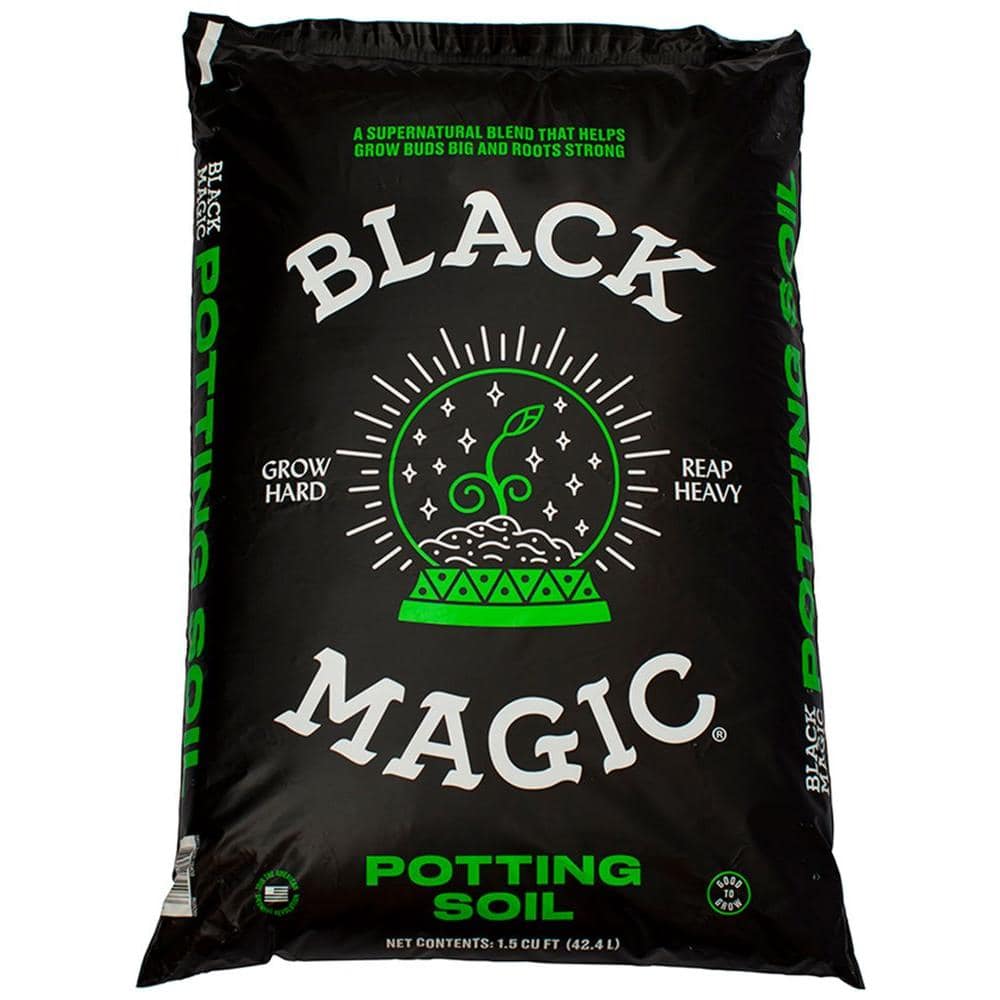Types of Palm Plants

Last updated September 7, 2023
With their breezy fronds, potted palm plants bring a tropical feel to indoor spaces. There are many types of palm plants, but they all feature fan or feather-shaped leaves on a long stem. Most can grow as well indoors as out. Potted palms are relatively easy care houseplants. All they need is moderate water, light and temperature. Read on to learn about which ones will work best for you.
Table of Contents
Types of Palm Plants
Areca Palms
Majesty Palms
Ponytail Palms
Robellini or Pygmy Date Palms
Sago Palms
Types of Palm Plants
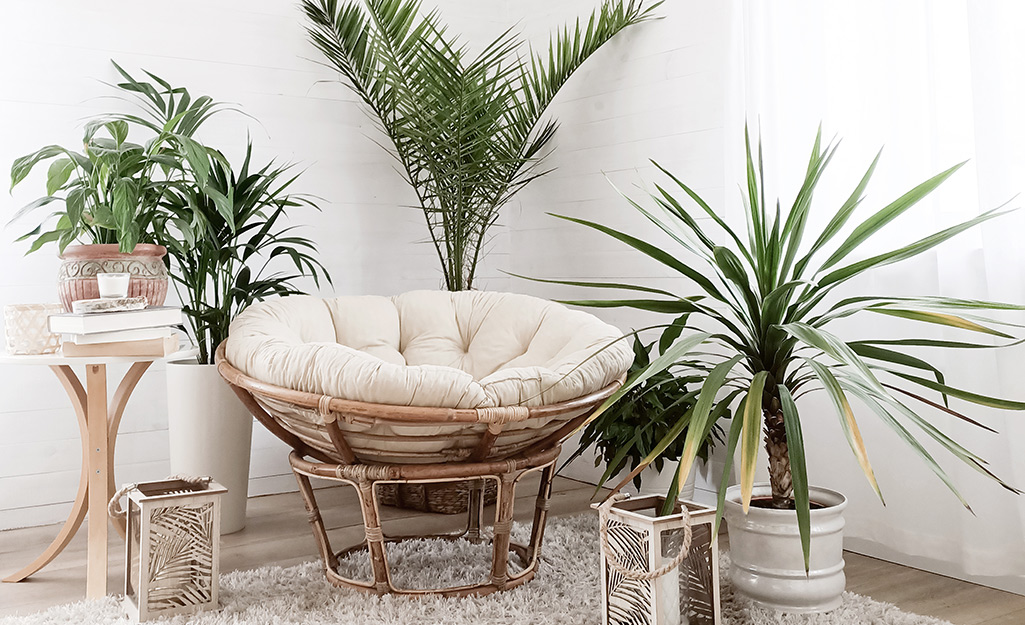
Native to tropical places, many palm plants can grow in your home or yard. Indoors they improve air quality and purify the air of carbon monoxide. Popular indoor potted palms provide a striking look, grow in a container and tolerate in-home environments. Some types of indoor palm plants such as Areca, Majesty and Ponytail really thrive in filtered light and temperatures of 65 to 75 degrees Fahrenheit. Potted palms do well in both foyers and on patios.
Tip: For indoor use, choose shorter, smaller palms and avoid ones that are tall and spindly.
Areca Palms
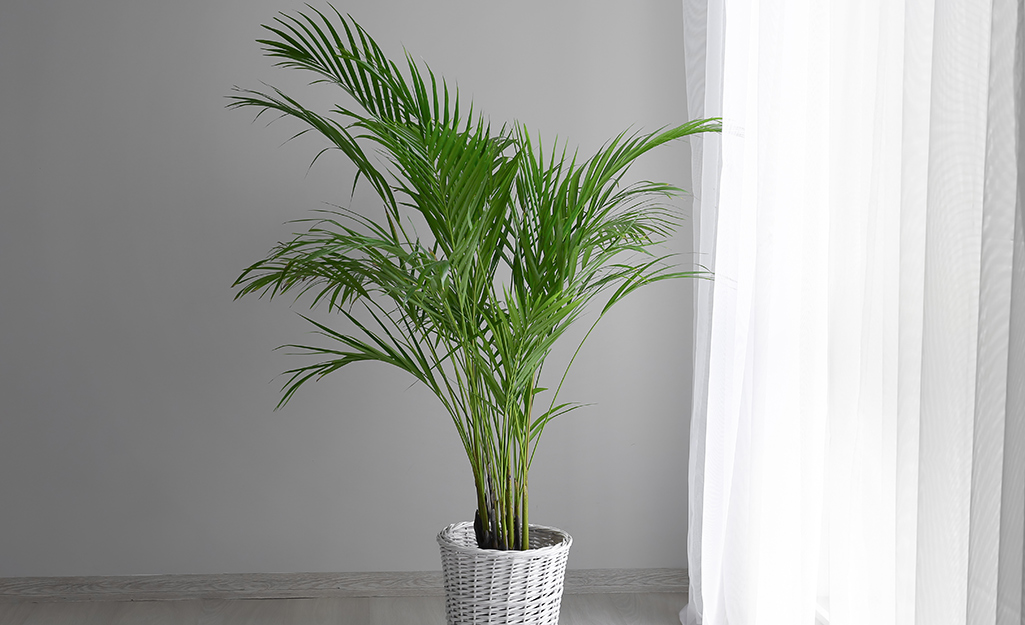
Areca Palms originated in Madagascar and have a smooth green or yellow trunk. Also called Butterfly Palms, they have fronds that curve upward and resemble a butterfly. These types of palm plants grow wider before they get taller. If you want your Areca to stay small, keep it in a smaller container. When in bloom, Areca Palms have yellow flowers and bear small but inedible fruit. They grow best in indirect sunlight. Its leaves can burn so keep it about 5 feet away from direct sun.
Majesty Palms

Of all the different kinds of palm plants, Majesty Palms are the ones that bring to mind the tranquility of a walk down the beach. Majesty Palms have a cluster of slender trunks and long stems. Its fronds feature feather-like or pinnate, dark green leaves. When it blooms, it produces white flowers. The flowers eventually turn into bright red but inedible fruit. Majesty Palms grow best in a slightly higher humidity and indirect sunlight.
Ponytail Palms
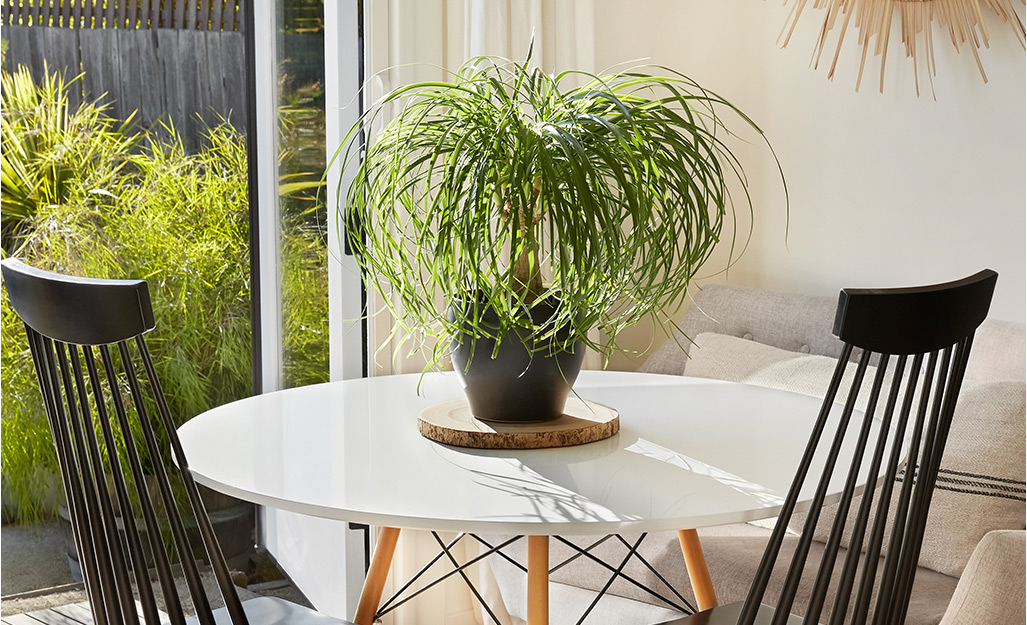
The small but dramatic Ponytail Palm is perfect for tabletops or tucked away in a corner. Native to Mexico, Ponytail Palms are also called Elephant-Foot Tree Palms because of their squat swollen trunk. Ponytail palms have long, thin dark green leaves that grow up and down, resembling a horse’s tail. The Ponytail Palm can bloom white flowers two to three times a year. Make sure it has enough light and allow the soil to dry before you water it.
Robellini or Pygmy Date Palms

A Robellini or Pygmy Date Palm tree is almost the ideal potted houseplant. It has a graceful trunk covered in an attractive texture of old leaves. A Robellini’s bold and bright green leaves extend from its three stems. When in bloom, it has white flowers and yields small red fruit. Unlike other types of indoor palm plants, the fruit is edible. Pygmy Date Palms like full sun and usually require more frequent watering than other potted palms.
Sago Palms
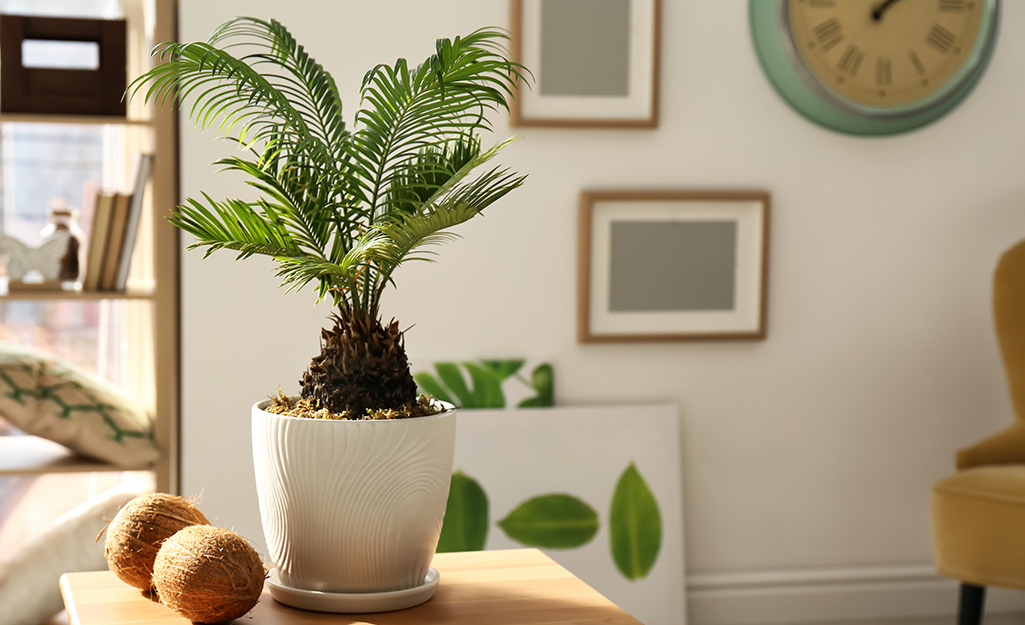
Although they are called palms, Sago Palms are actually cycads. Nonetheless, it has the same tropical look as other types of indoor palm plants. The Sago has a pineapple-shaped, short trunk. Its dark green, glossy leaves end in stiff points and grow in a circular design. Also called the Japanese or King Sago palms, it takes them 13 years to bloom.
Indoor Palm Care Tips

Overall, these tropical houseplants don’t require a lot of care to stay beautiful. Here’s a few tips to keep all types of indoor palm plants looking their best:
- Palms can get scale, mites, aphids, mealybugs or whiteflies. Spray with a soapy water mixture twice a day or treat with a natural insecticide.
- Wait to prune fronds until they are completely shriveled and brown.
- Nutrients are essential to a potted palm’s health. Feed them once a year with a continuous release fertilizer made for palms.
- Palms like humidity. Mist them occasionally, especially in winter.
- Use distilled water. Some palms are sensitive to fluoride.
- Most palms prefer moist, well-drained soil. Avoid overwatering or waterlogged roots.
- Potted palms grow best in a moderately warm temperature. Keep them away from cold air and high heat.
- If its roots are growing out the bottom or the soil looks sticky, it’s a good sign your palm needs repotting.
Potted palms are a great way to add tropical charm to your rooms. From the tall Majestic to the tabletop Ponytail, you can find a palm that fits your taste and space. Palms are low maintenance plants and can provide years of enjoyment. Get the potting soil, plants and garden flowers you need. Use The Home Depot Mobile App to locate products and check inventory. We'll take you to the exact aisle and bay.



